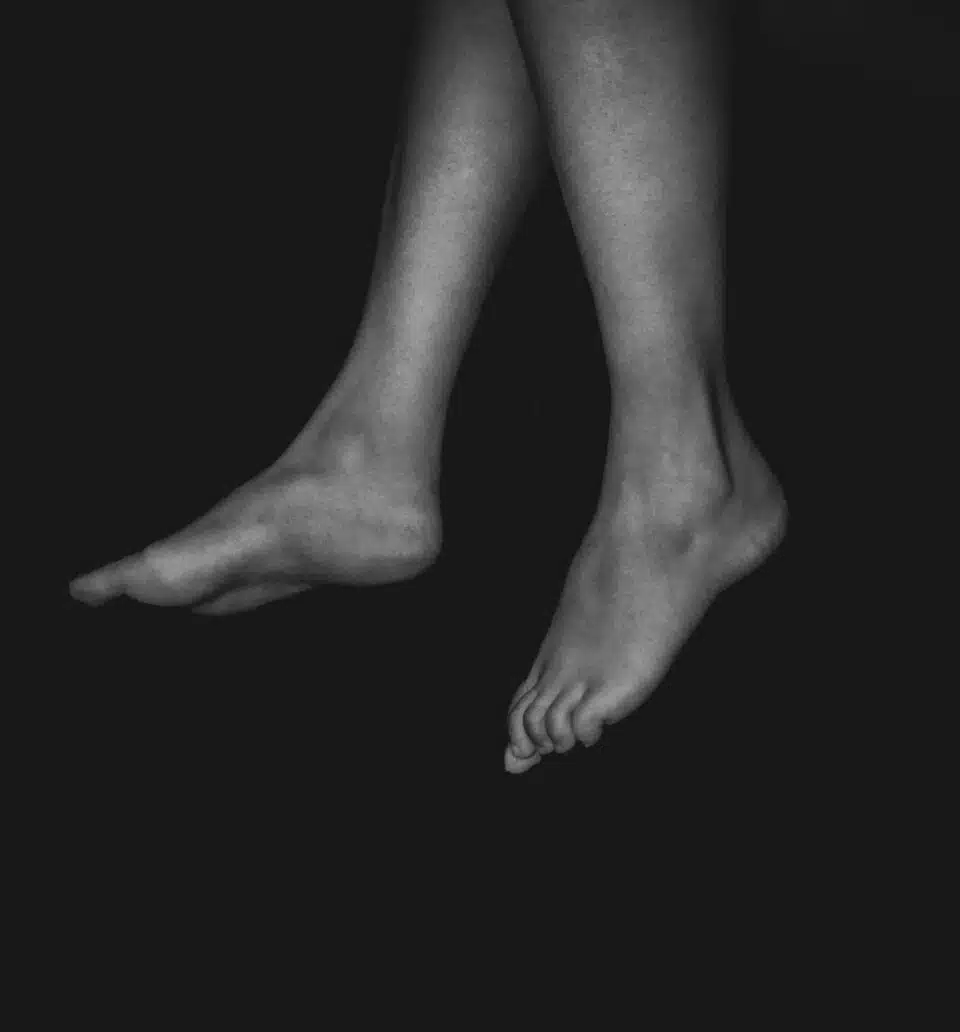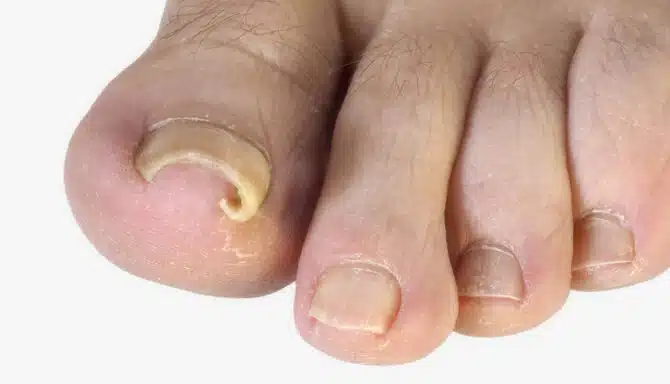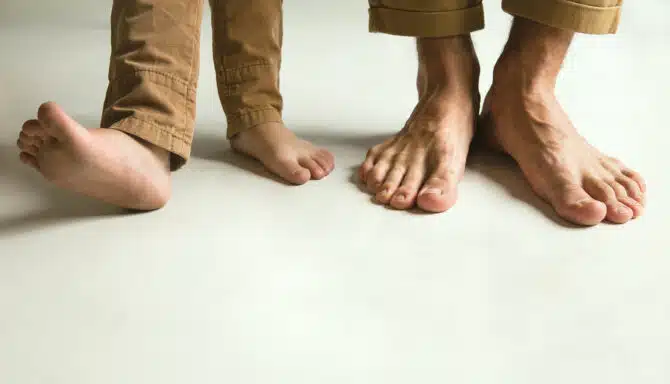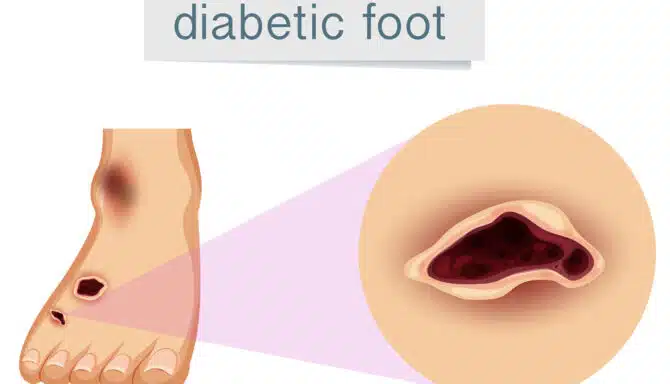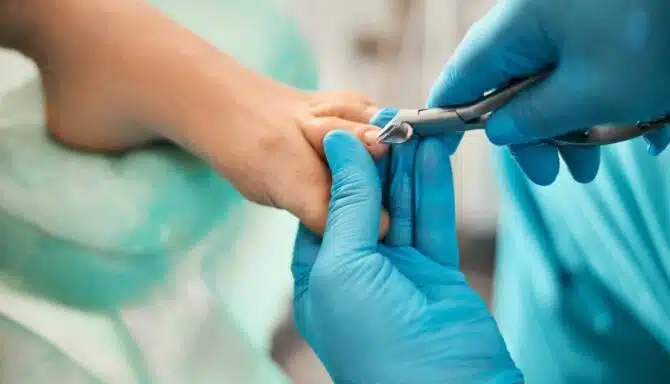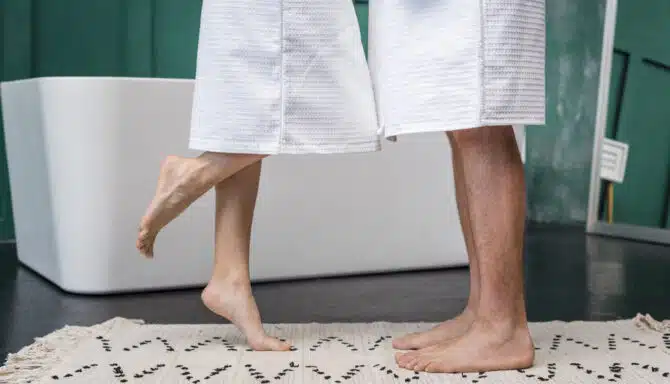The look and state of our feet can tell us a lot about their health. You may have cracked heels if they appear flaky, dry, or dull in colour. Cracked heels are not just a cosmetic concern. The “cracked” description refers to the skin drying and cracking, akin to a desert landscape filled with cracks and crevices.
Cracked heels can be a painful and unpleasant experience. The condition affects people of all ages. The good news is that you’re not alone in facing this common foot problem; even better news is that there are solutions to help you heal and restore your feet to their soft, supple self.
This guide explores the causes behind this ailment, its impact on our overall well-being, and, most importantly, the effective ways to treat and prevent it.
Causes of cracked heels

Cracked heels are typically a result of your surrounding environment but can also signal an underlying condition. Below, you’ll find a variety of causes for cracked heels.
Dry skin
Dry skin is a leading cause of cracked heels. When the skin lacks moisture, it becomes less flexible and more prone to cracking.
Lack of proper foot care
A lack of foot hygiene or moisturizing your feet can contribute to cracked heels.
Standing for prolonged periods
People who stand for long hours, especially on hard surfaces, are at a higher risk of developing cracked heels. When standing for long periods, your heel absorbs the weight and pressure, causing the skin to expand. Over time, overloading your heel can cause your skin to crack.
Improper footwear
Wearing open-back shoes or sandals that do not provide proper support can cause the fat pad under the heel to expand sideways, leading to cracks.
Sudden weight gain
Excess body weight can pressure the heels, causing them to crack.
Medical conditions
Medical conditions such as diabetes, hypothyroidism, psoriasis, and eczema can contribute to dry skin and cracked heels.
Climate
Dry and cold climates can strip the skin of natural moisture, increasing the likelihood of cracked heels. For instance, you may feel your skin dry in a cabin with a wood stove or a climate known for its dry weather (like in the desert).
Solutions for cracked heels
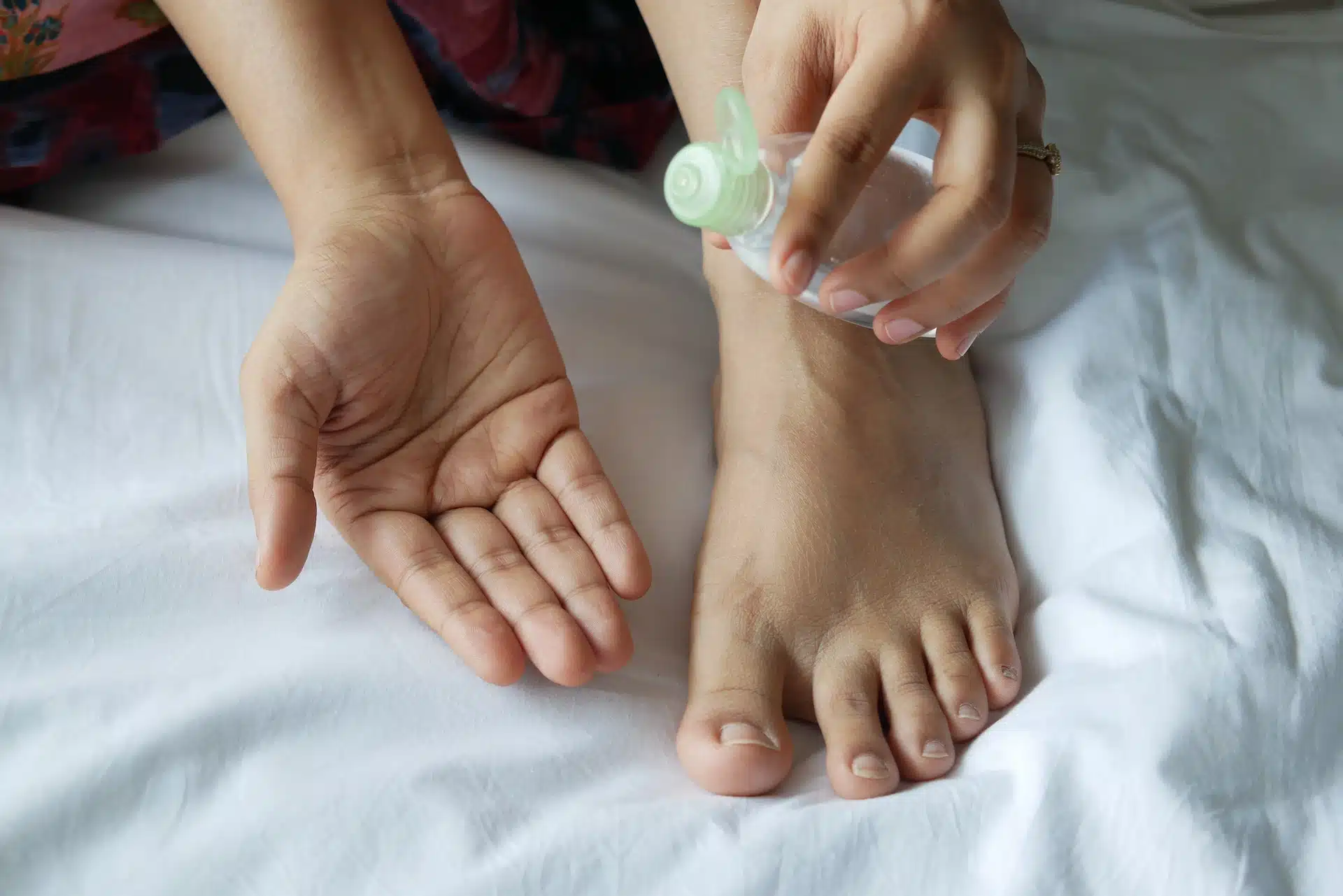
The key to finding a solution for cracked heels is recognizing the symptoms and addressing the cause. Fortunately, there are plenty of practical solutions for cracked heels.
Hydration
Keeping your feet well-hydrated is the most critical step in preventing cracked heels. Moisturizer is a significant component of primary daily skin care. Regularly apply a thick moisturizer or foot cream that contains ingredients like urea, glycerin, or hyaluronic acid to lock in moisture and keep your feet hydrated.
Exfoliate and Moisturize
Use a pumice stone or a foot scrub to exfoliate your heels to remove dead skin cells. This helps promote smoother skin. After you exfoliate, apply your moisturizer.
We recommend using a thick moisturizer like Gehwol Lipidro Cream. Some moisturizers contain skin-softening agents that can also help remove dead skin. (Note they may cause slight stinging or irritation in the short term.)
Soaking
Soaking your feet in warm water for 10-15 minutes can help soften the skin. Add a few drops of essential oils or Epsom salt to the water for added benefits and a soothing feeling. You can also use a foot bath like Gehwol Fusskraft Herbal Bath, which will both exfoliate and sooth tired muscles.
Proper Footwear
Choose shoes that provide proper support and cushioning, and avoid open-back shoes that expose your heels to friction and pressure.
Maintain a Health Diet
A diet rich in vitamins, minerals, and omega-3 fatty acids can improve overall skin health. Specifically, Vitamin E, Vitamin B-3, and Vitamin C are all considered to help improve the condition of our skin.
Stay Hydrated
Drink plenty of water to keep your body and skin hydrated from within.
Avoid Harsh Soaps
Use mild, moisturizing soaps when washing your feet to avoid further drying out the skin.
Medical Pedicure
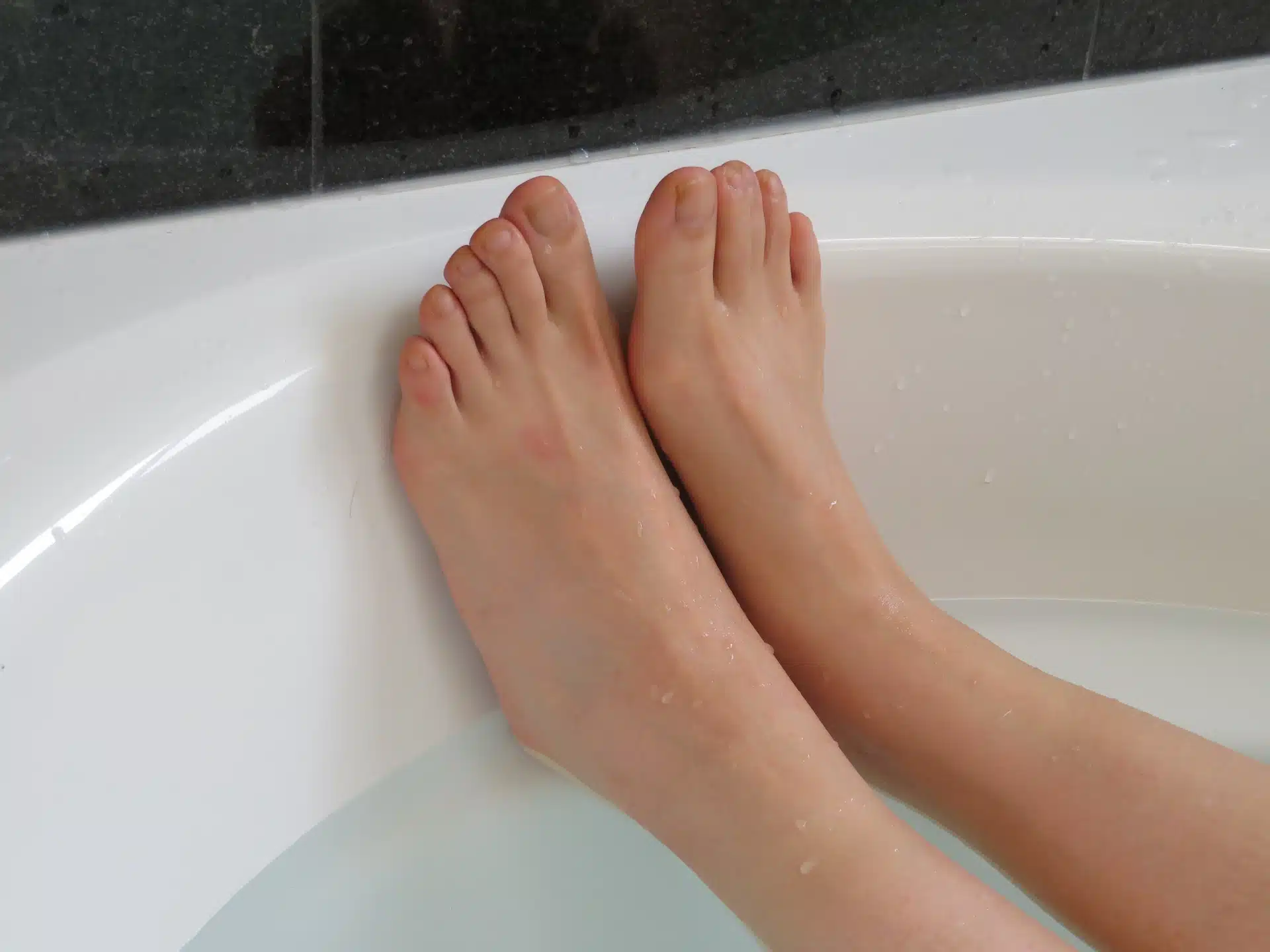
A medical pedicure can address cracked heels. A chiropodist will debride and remove any dead skin around the heel. They can then apply a special tape to any fissues. At the end, they’ll perform a moisturization treatment with high-quality, medical-strength moisturizing products. Beyond helping cracked heels, a medical pedicure can restore elasticity and ward off various skin conditions.
